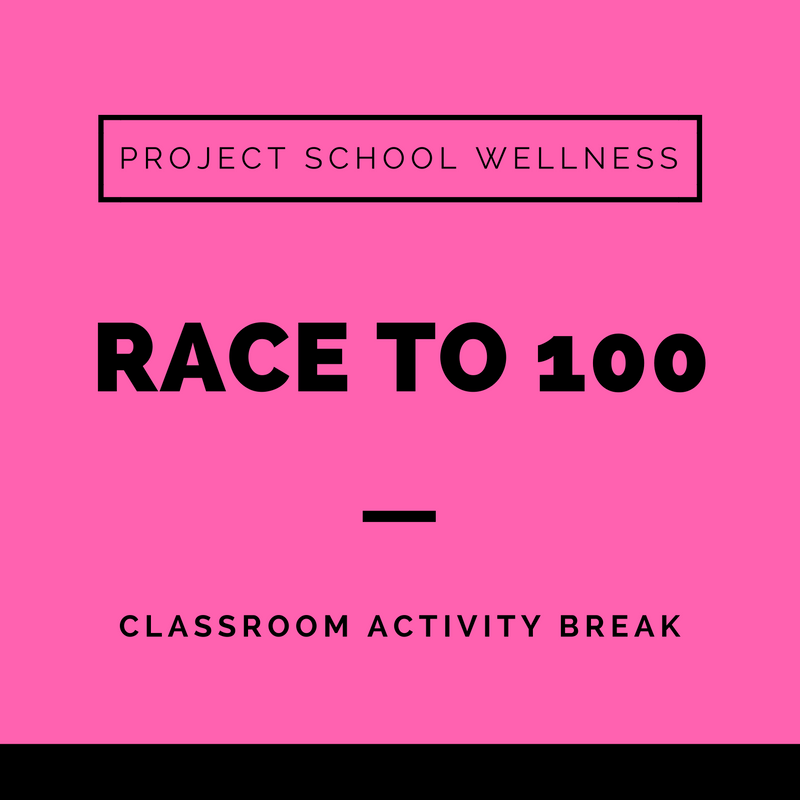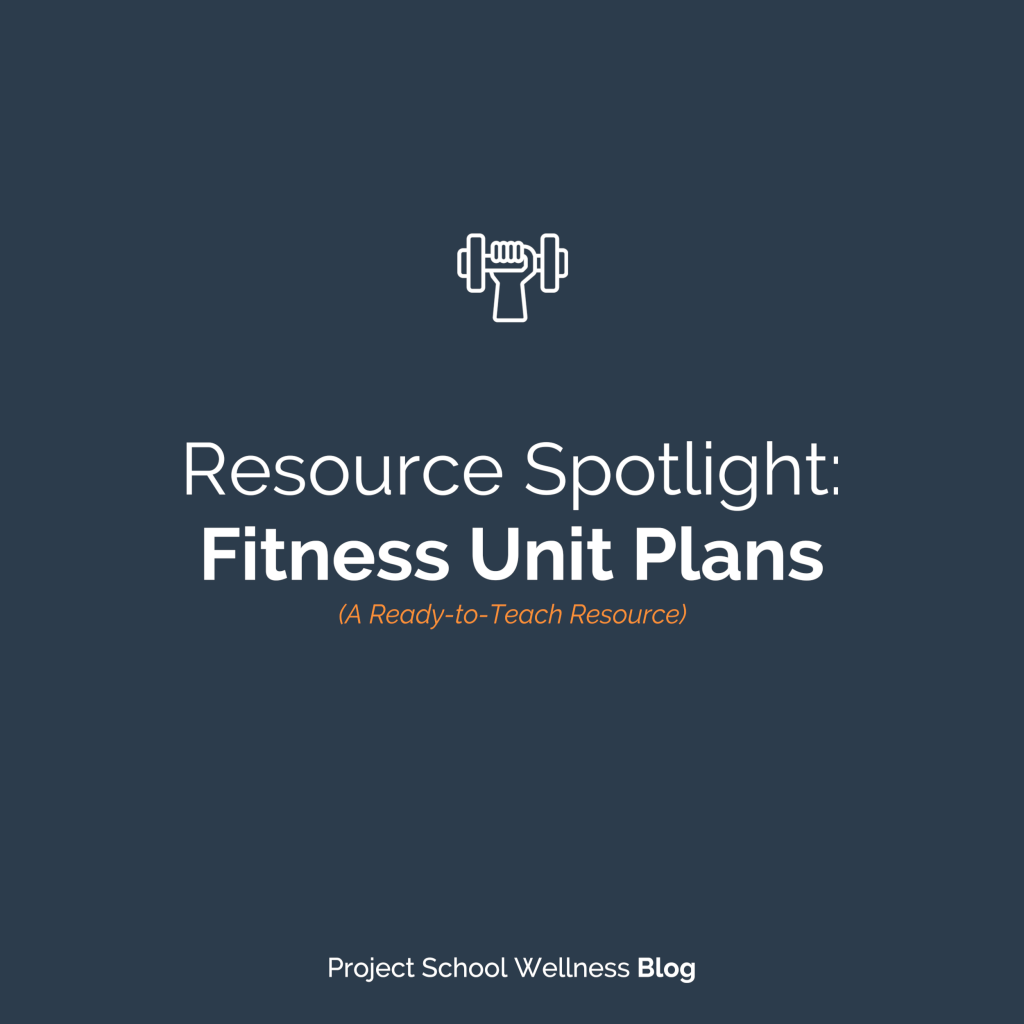The Mental Health Myth We NEED To Stop Teaching
Understanding the Vital Difference between Mental Health and Mental Health Disorders
The terms mental health and mental health disorders DO NOT mean the same thing.
One word may seem like an inconsequential difference. But in reality, referring to mental health and mental health disorders as synonyms is detrimental to the well-being of our students.
As the conversation about mental health and mental health disorders continues to grow and gain attention, it becomes even more imperative that we, as health educators, promote accurate narratives.
To understand this more clearly, let’s first look at what the terms mental health and mental health disorders actually mean.
A Quick Look: Mental Health vs. Mental Health Disorders
| Mental Health | Mental Health Disorders |
|---|---|
| A person's general ability to cope with life, be productive at work/school, understand and express emotions, and have healthy relationships | A medical condition causing significant change to a person's emotions, thinking, and/or behavior |
| Everyone has some level of mental health at all times | 1 in 4 people will experience a mental health disorder in their life |
| A regular part of everyday life | A recongized medical condition |
| Can be managed with activities like: sleep, exericse, diet, and meditation | Requires medical treatment (such as medication and therapy) |
This means that if you have a mental health disorder, you can still build a high level of mental health. Meaning if you are mentally ill you can:
- Build healthy connections and relationship
- Positively contribute to your community
- Cope with challenges and stressful situations in a productive manner
- Have autonomy over your life
It also means that if you don’t have a mental health disorder, you still need to intentionally strengthen your mental health.
>> Teaching Tip: Essentially you can compare the difference between mental health and mental health disorders to physical health and physical illness. We all have some level of physical health all the time. Physical health just refers to the general state of your body and how well it’s working. Meanwhile, physical illness refers to a specific illness affecting the body such as diabetes.
This Myth Is Harming Student Well-Being
So what exactly is so profound about understanding these differences? Let’s look at a few examples of how believing this myth (believing mental health equals mental health disorder) negatively impacts our students’ well-being:
Harming Students With a Mental Health Disorder:
If students don't believe they can have mental health when dealing with a mental health disorder, their hope, agency, and confidence disappear.
- By accepting this myth as truth, a student with a mental health disorder believes having a mental health disorder automatically means they have a low level of mental health. And to have a low level of mental health means you struggle to identify and express emotions, connect and build relationships, manage stress, and positively contribute to the world.
- When in reality those with mental health disorders are highly capable human beings with great gifts to offer the world. If we fail to recognize this truth we fail to create an environment where everyone is valued.
Harming Students Without a Mental Health Disorder
If students believe having a mental health disorder means having LOW mental health. They will also believe NOT having a mental health disorder means having HIGH mental health. This isn’t accurate and believing this means students may neglect to take care of their mental health because they didn't even realize it’s something to nurture.
- For example, even if you don’t have diabetes (physical illness) you still should focus on taking care of your body (physical health) through healthy eating and being active.
Harming Society as a Whole
Also, if we don't understand the difference between mental health and health disorders, we are at risk of completely misjudging those battling mental health disorders. It makes it easier to view those with mental health disorder as less than and broken.
- When we collectively believe this myth, we are at risk of perpetuating stigma and discrimination. When we don’t fully understand a topic as complex as mental health disorders, we give life to false narratives and the cycle of misunderstanding continues to build and well-being is negatively impacted.
Tips For Addressing This Myth in Your Classroom
- Use accurate language when talking about mental health and mental health disorders and correct students when they refer to these terms as the same thing.
- Give students a framework to understand by comparing mental health and mental health disorders to physical health and illness.
- Be intentional about demystifying both mental health and mental illness. Both are apart of everyday life. The more we talk openly and honestly, the more we diminish stigma and lessen discrimination.
The classroom is a powerful place to raise mental health awareness and empower students to enhance their mental well-being. Being intentional about the language you use may seem like a small gesture. But in reality, it's anything but small. In reality, you are creating a profound, lasting impact that will forever change your students' lives.



Free Curriculum Sample
Sign up to receive 11 free heatlh lesson plans from the Project School Wellness Curriculum!
Hello. I'm Janelle!
A middle school health teacher turned curriculum developer. I'm on a mission to share the easiest-to-teach, most impactful health lesson plans on the Internet. Because your time and energy is better spent on teaching and connecting, not on planning and prep.




